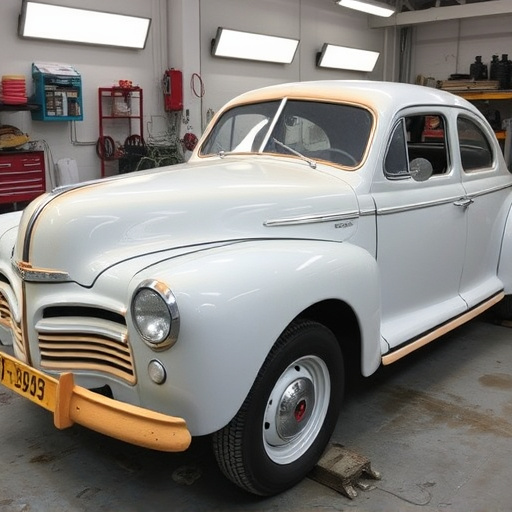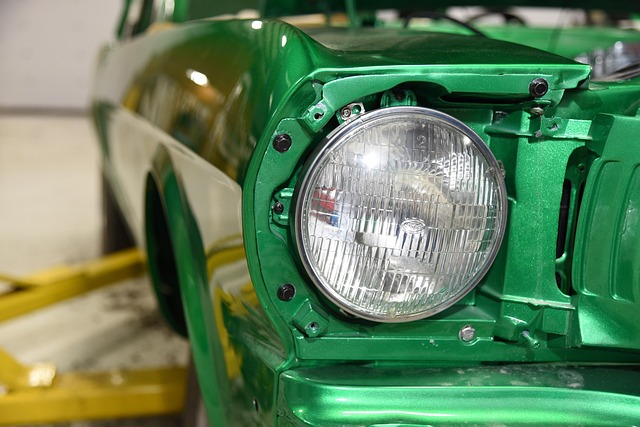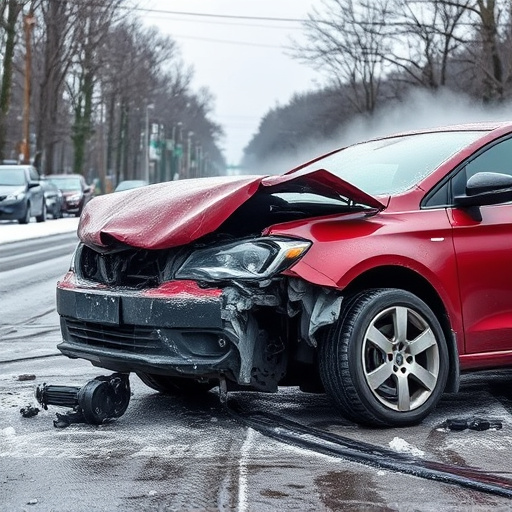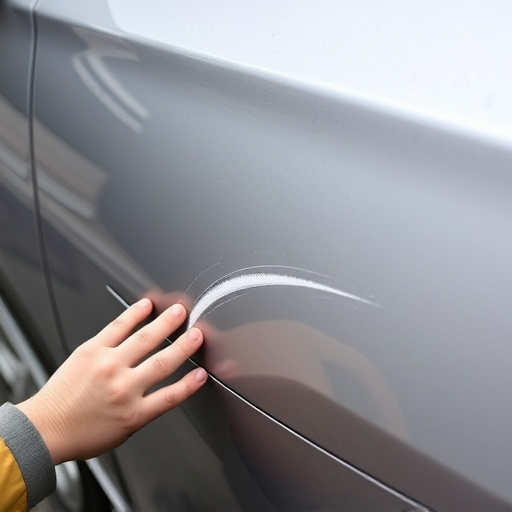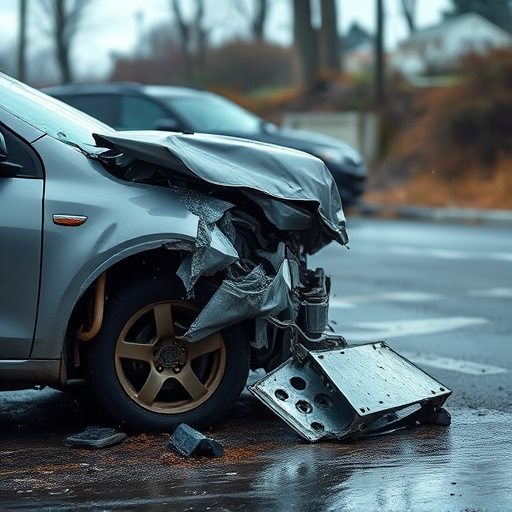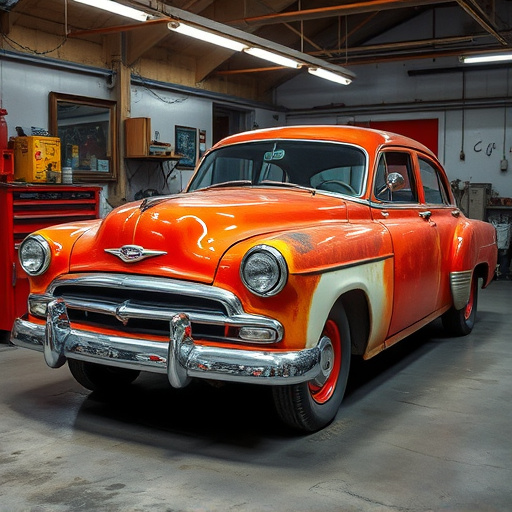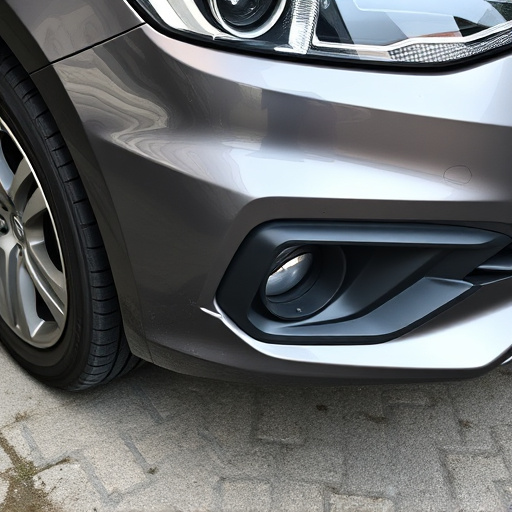Reparation photo documentation is crucial for vehicle body shops, ensuring precision, transparency, and efficiency in repair processes. High-quality images serve as proof, aid insurance claims, and enhance customer satisfaction by providing clear visual records of repairs from multiple angles. Best practices involve consistent lighting, labeling, multi-perspective shots with scale references, and secure, organized digital storage.
“Unsure what to expect during a repair photo documentation process? This comprehensive guide breaks down everything you need to know. From understanding the purpose behind it to the step-by-step techniques involved, we’ll walk you through the process. Discover the numerous benefits and best practices for effective photo documentation, ensuring accurate repairs and transparent communication. By the end, you’ll be equipped with the knowledge to confidently navigate this crucial aspect of repair management.”
- Understanding the Purpose of Repair Photo Documentation
- The Steps Involved in Capturing Comprehensive Photos
- Benefits and Best Practices for Effective Photo Documentation
Understanding the Purpose of Repair Photo Documentation
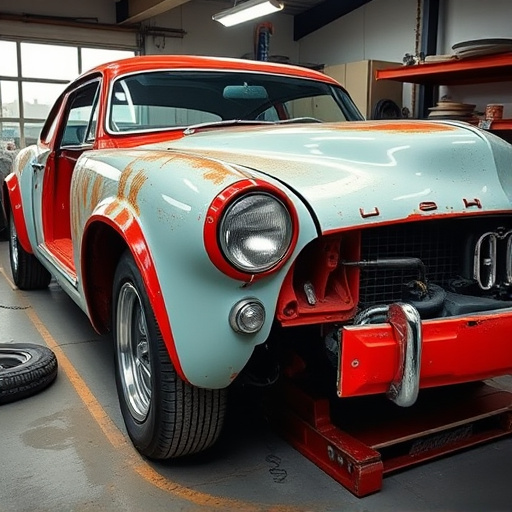
Repair photo documentation is a critical process that serves multiple purposes for both customers and auto repair services providers. By capturing detailed visual evidence through high-quality images, automotive body work specialists can accurately assess the extent of damage, track progress during repairs, and communicate effectively with clients throughout the restoration process. These photos not only document the before-and-after changes but also act as a permanent record for insurance claims, serving as irrefutable proof of the incident and the necessary repair work required.
Furthermore, repair photo documentation plays a pivotal role in ensuring quality control and consistency in auto repair services. Detailed visual records enable mechanics to compare current conditions with historical data, facilitating precise matching of parts and meticulous execution of dent removal or other restorative procedures. This level of documentation not only safeguards against errors but also promotes transparency between service providers and their customers, fostering trust and ensuring that every aspect of the automotive body work is meticulously addressed.
The Steps Involved in Capturing Comprehensive Photos
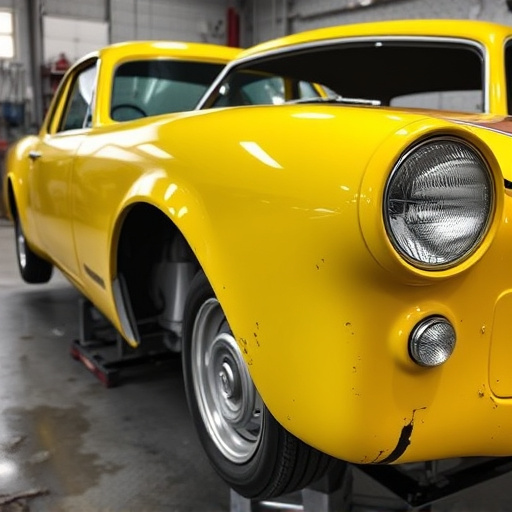
Capturing comprehensive photos during the repair process is a critical step in ensuring accurate documentation and effective communication between the collision repair shop, insurance companies, and vehicle owners. The initial step involves identifying all damage areas on the vehicle, taking close-up shots of each dent, scratch, or crack with a high-resolution camera. This detailed photography provides a visual record of the vehicle’s pre-repair condition.
Next, it’s essential to capture images from various angles—front, side, rear, and overhead—to offer a complete view of the damage. Additionally, documenting the surrounding area, including any existing repairs or modifications, can provide context. For auto painting tasks, close-up photos of the paint job before and after are crucial. This meticulous photo documentation in an auto maintenance setting facilitates efficient claim processing and ensures that all parties involved have a clear understanding of the scope of work.
Benefits and Best Practices for Effective Photo Documentation
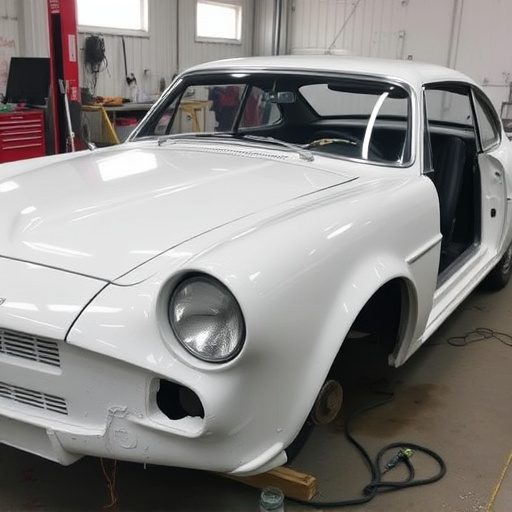
Benefits and Best Practices for Effective Photo Documentation
In the world of vehicle body shops like Mercedes Benz collision repair centers, repair photo documentation is more than just taking pictures; it’s a critical process that ensures precision, transparency, and efficient workflow. High-quality photos capture the before-and-after state of repairs, serving as an indelible testament to the auto body shop’s skill and integrity. This detailed visual record aids in facilitating smoother insurance claims, enhancing customer satisfaction, and promoting accurate tracking of repair progress.
Best practices for effective photo documentation involve consistent lighting, clear angles, and meticulous labeling. Capture images from multiple perspectives, ensuring all damage and repairs are visible. Use reference points like tools or known objects to provide scale. Store these photos securely, maintaining an organized digital system for easy retrieval. Remember that in the case of a Mercedes Benz collision repair, meticulous documentation can make all the difference in achieving optimal results and fostering trust with clients.
Repair photo documentation is a meticulous yet invaluable process that ensures accurate tracking, facilitates communication, and aids in resolving disputes. By meticulously capturing images throughout the repair process, you create a visual record that serves as a powerful tool for both professionals and clients. Adhering to best practices, such as comprehensive coverage, consistent lighting, and clear labeling, enhances the effectiveness of these photos, making them indispensable for efficient project management and quality assurance in any repair work.
